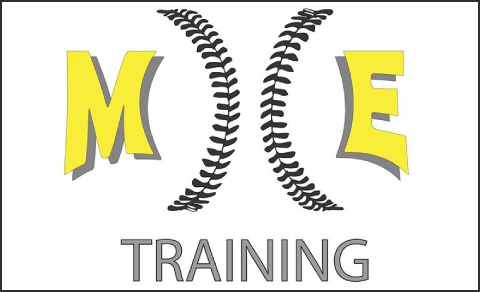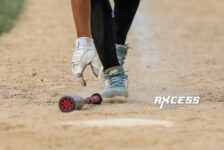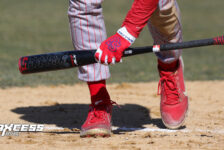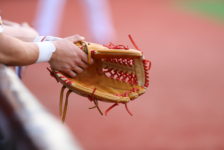by Bryce Tolmie ATC, CSCS & Lewis Lupowitz, PT, DPT, CSCS
With baseball season just around the corner we as clinicians are starting to see a rise in arm injuries.
Why?
While there are many reasons that arm injuries arise in the youth athlete, the most common is due to overuse. This overuse can contribute to the alarming rate of Tommy John surgery in the 15-19 year-old age group that is increasing at an average of 6% a year (Romeo AJSM 2015) and has increased 193% in New York State over the last 10 years (Ahmad AJSM 2016).
So, as we approach the season, let’s recap on what other factors as parents and coaches you can look for to decrease the chances of arm injuries. The number one factor of increasing the risk of injuries in high school and college pitchers is pitching with fatigue and pain. Pitching with fatigue has been reported to increase the risk for injury by 36x or 3600% (Fleising AJSM 2006).
Yes, you read that correctly and to make matters worse, a follow up study in 2014 reported that 46% of players who reported arm pain were encouraged to keep playing despite symptoms.
When dealing with youth athletes, almost never will they admit fatigue. Thus, we as providers, coaches and parents must be better than these papers. we must be aware of the signs and symptoms that can indicate that a player is tired. This can be as drastic as huffing and puffing or as sublet as a simple shake of the arm.
There are additional measures that can be taken to reduce the risk of fatigue happening which we’ll go into further detail below.
Having a proper pitch count can help reduce injury as well because pitchers who pitch more than 80+ pitches per game have a 400% higher risk of getting injured (Fleisig AJSM 2006). Educating pitchers that not every pitch needs to be 100% effort as high intensity pitches increase risk for injury.
Off-speed pitches have been sown to increase the risk of injury in youth athletes; with sliders demonstrating an 86% increase in elbow injuries and curveballs showing 52% increase in shoulder injuries (Andrews AJSM 2002). Thus, emphasis should be placed on good mechanics with fastballs before throwing breaking pitches.
Once a pitcher or player is noted to have fatigue it’s important to move them to a less demanding position. For example, no player should pitch and catch in the same game. If a pitcher is relieved, they should play 1st/2nd/RF or be removed from the game entirely.
Lastly, adequate warm-up is essential. Many kids are caught up with weighted balls as they believe it will increase their velocity and thus their performance. While this holds some merit, the research shows that 25% of pitchers who trained with weighted balls experienced an elbow injury (Reinold Sports Health 2018). youth athletes should follow an arm care program that includes stretching, strengthening and linking upper body with lower body to improve dynamic stability. (Link below for the Youth Throwers Ten – Written by Orlin & Cohen’s Lewis Lupowitz PT, DPT, CSCS).
Even though there are times injuries are not preventable, there are ways to reduce the change of these injuries from occurring. Education and awareness are the most important factors in reducing the risk of injuries for youth players. If you have any questions, comments, concerns or would like a movement analysis contract Orlin & Cohen Orthopedic Group.












